Teaching
Here’s a sample of recent courses I’ve taught at Smith College. Get in touch for resources, syllabi, or more information.
ENG 212, American Poetry and Social Movements
From the civil rights, countercultural, feminist, gay rights, environmental and anti-war movements to Occupy Wall Street and Black Lives Matter, American social movements after World War II have had profound influence on the country’s cultural and social terrain. This course puts some of these movements in conversation with American poetry written by activist women, queer people, environmentalists, pacifists, anti-capitalists, and people of color. Through a close examination of poetry’s social life—its forms, its contexts, and its archival remainders—in the U.S., we’ll raise vital questions about the role that literary aesthetics can–or can’t–play in political life.
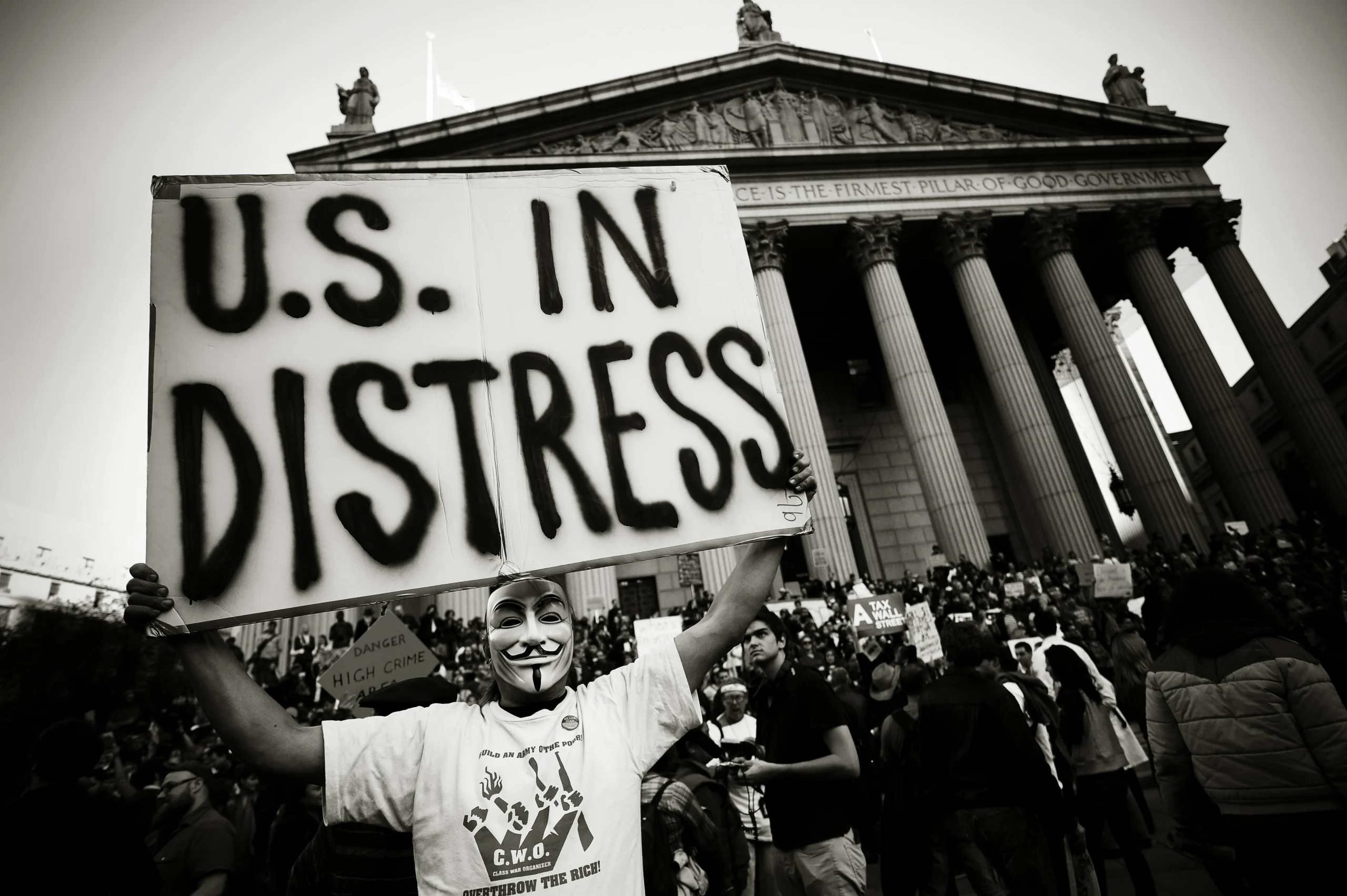
Occupy Wall Street
Photo: Emmanuel Dunand/AFP/Getty Images
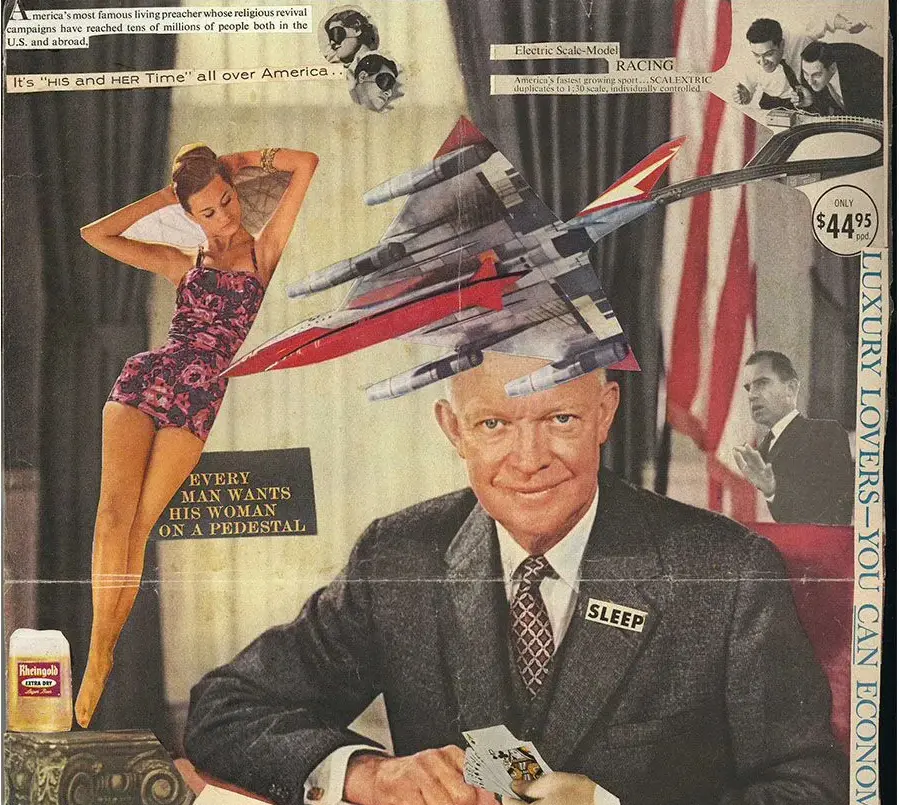
Collage by Sylvia Plath
Smith College/Mortimer Rare Book Collection
ENG 219, Poetry, Gender and Sexuality, and the Limits of Privacy (aka the legacies of Confessional Poetry)
What does it mean to be “confessional” in poetic form? This course focuses on the legacy of confessional poetry written by women and queer, trans and nonbinary writers in the US. Frequently misread as self-indulgent, the poets under our purview use aesthetic self-disclosure to trouble the social and legal treatment of gender and sexuality as “private” concerns unworthy of political engagement. We’ll examine the roots of confessional poetry with Robert Lowell, Elizabeth Bishop, Anne Sexton, and Sylvia Plath, with particular attention to Plath and her papers. From there, we’ll begin to ask more probing questions about the legacy of confessionalism over the course of U.S. poetic and political history, culminating in a capstone assignment in which you define and design a hypothetical anthology of confessional poetry.
ENG 239, Multi-Ethnic American Literature: Borders and Border Crossings
What terrain—physically, culturally, and emotionally—do American writers inhabit when they write about borders? How might thinking about borders, whether literal or metaphorical ones, complicate the way social and cultural positioning (with particular attention to race) informs matters of belonging and citizenship? Using literary and cultural analysis, this course explores what it means to be, become, or refuse to be “American.” Major course themes include ethnic subjects and the narrative of the American Dream, internment and detainment, and the disputed ownership of land, resources, and persons. Texts studied will include fiction, poetry, and non-fiction written by Black, Indigenous, Latinx, and Asian American writers.
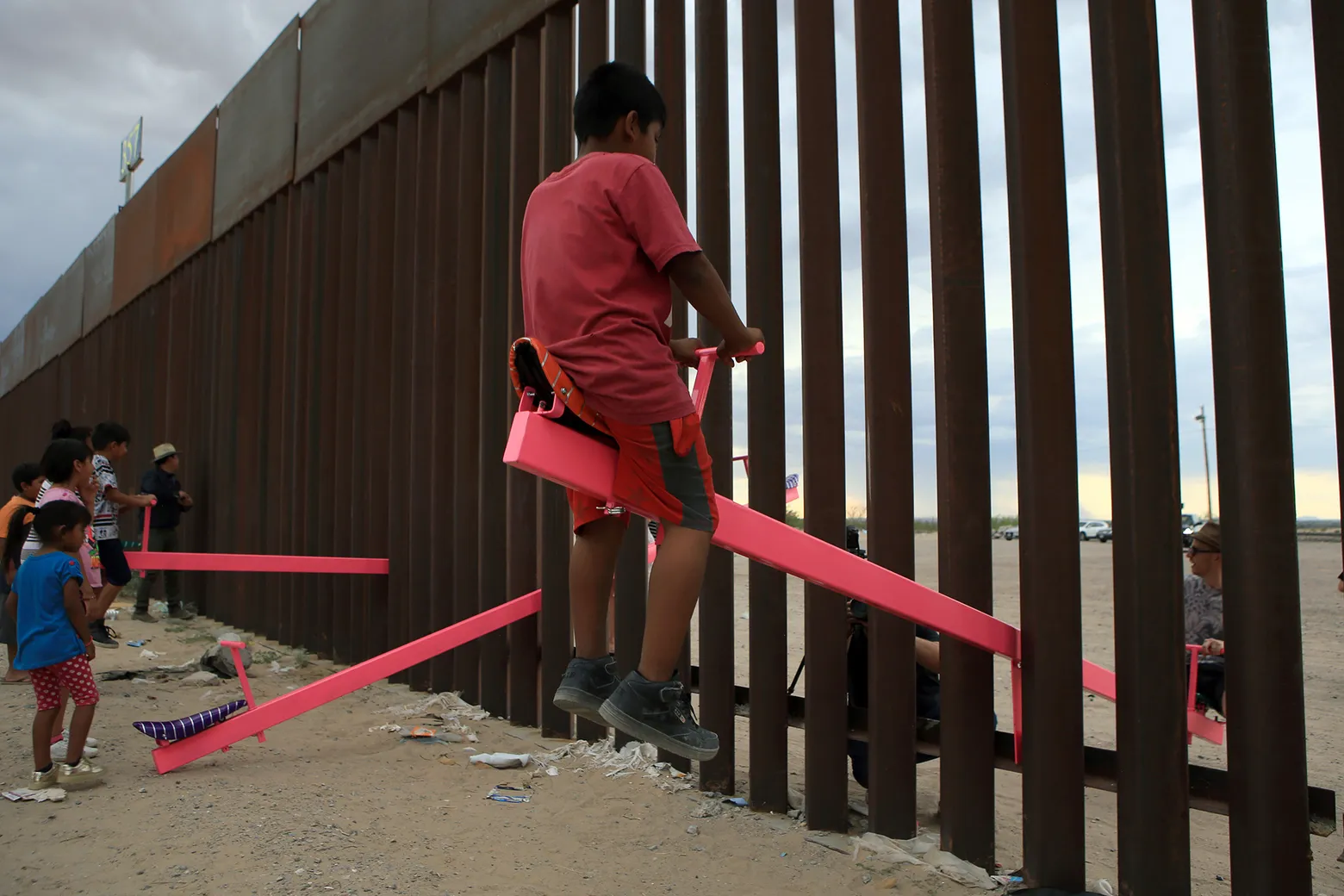
“Teetertotter Wall” in El Paso, TX
Photo: Luis Torres/AFP/Getty Images/TNS
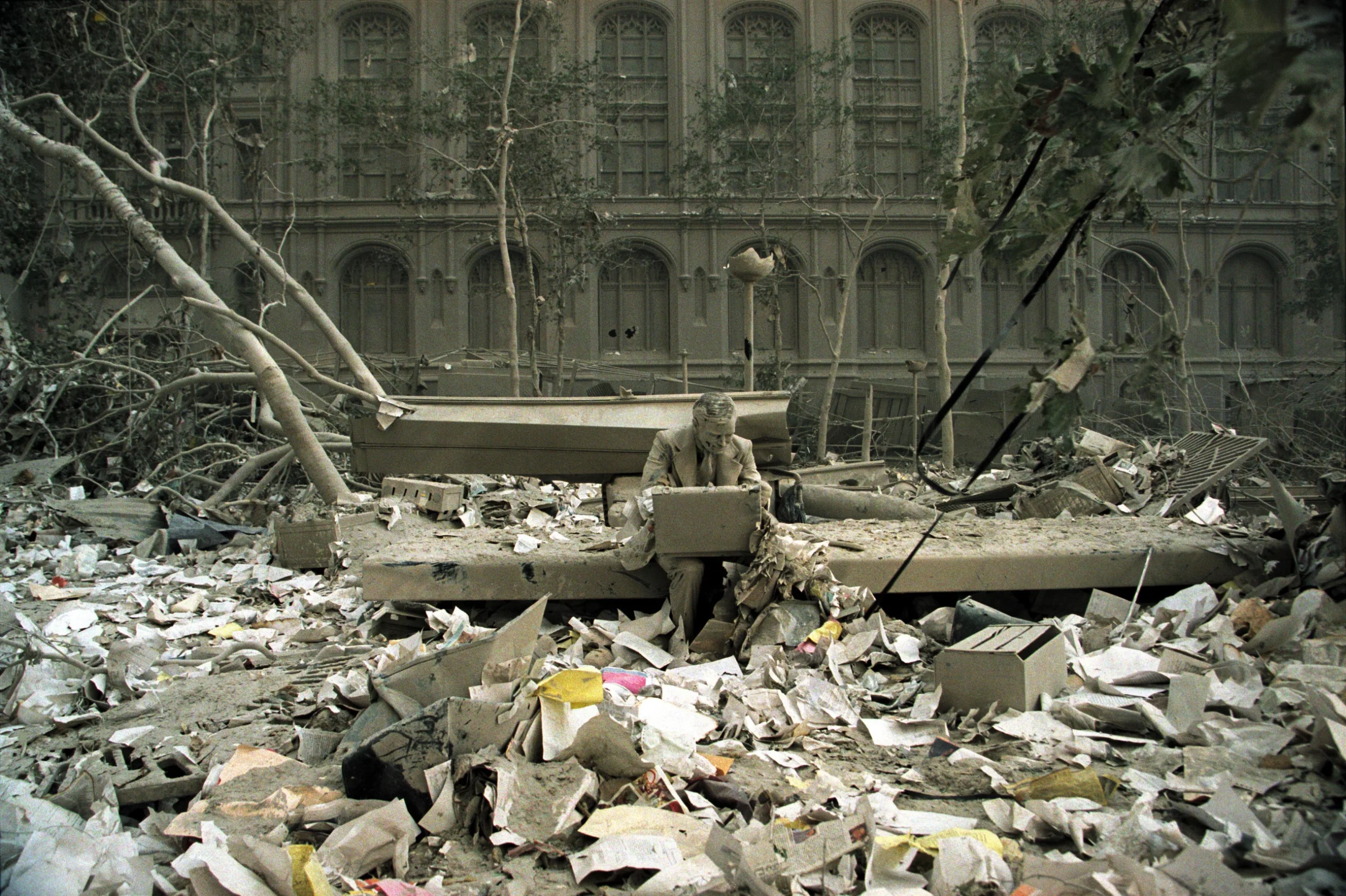
Liberty Plaza, NYC, after 9/11
Photo: Susan Meiselas/Magnum Photos
ENG 318ENG 303ap, American Poetry in the Age of Emergency
What is poetry’s role in bearing witness to an age of seemingly unremitting emergency? How can poets represent the relatively invisible stakes of ongoing crises such as collapsing public health infrastructure, racialized police brutality, and environmental devastation? Conversely, what is poetry’s relationship to highly mediatized (and seemingly acute) “crisis events,” like 9/11 or Hurricane Katrina? Through literary and cultural analysis, this course will explore and historicize the concept of “emergency” in the United States. What is a state of emergency, who gets to declare it, and how do these declarations impact those who are most vulnerable to the crisis? Moving between shorter, witness-based poems and longform documentary poems, we will consider how poetry can compel us to pay closer attention to (and perhaps even reimagine) the terms upon which crises are rendered socially, politically, and culturally legible.
ENG 318-02, Race and the Long Poem
This seminar examines what literary critic Erica Edwards calls the “imperial grammars” of race through the lens of book-length experimental poetry written recently in North America. We will consider what “imperial grammar” means in various historical contexts: legacies of enslavement, the rise of a national security empire driven by the surveillance and subjugation of nonwhite people, the enforcing of borders and border controls, environmental racism, and the seizing and divestment of indigenous lands. We’ll also consider the power of poetry to trouble these grammars—to interrogate the relationships between state power and representations of race, gender and sexuality in the U.S., and to imagine a world beyond its constraints.
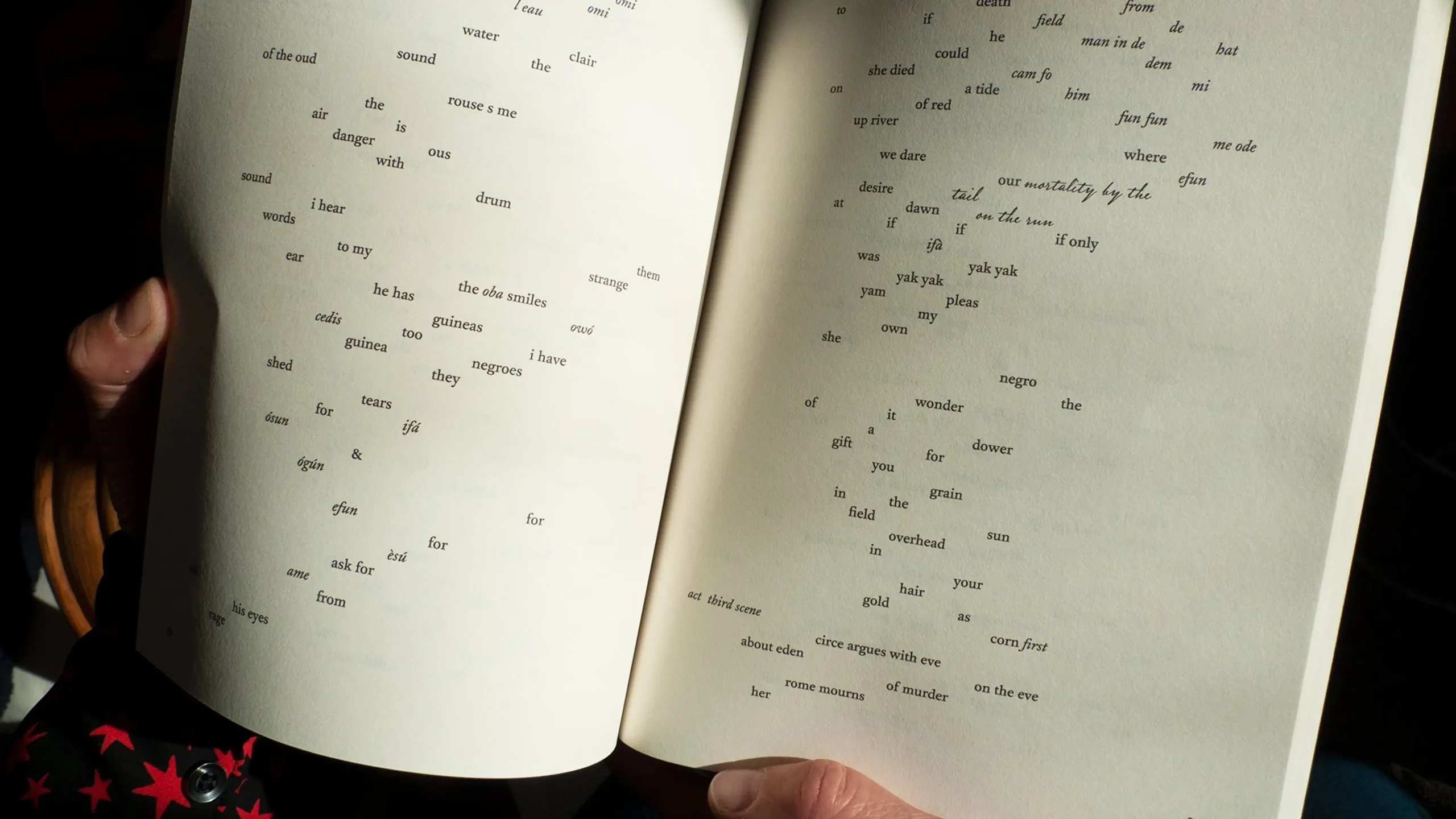
Zong! by M. NourbeSe Philip
Photo: Aeon
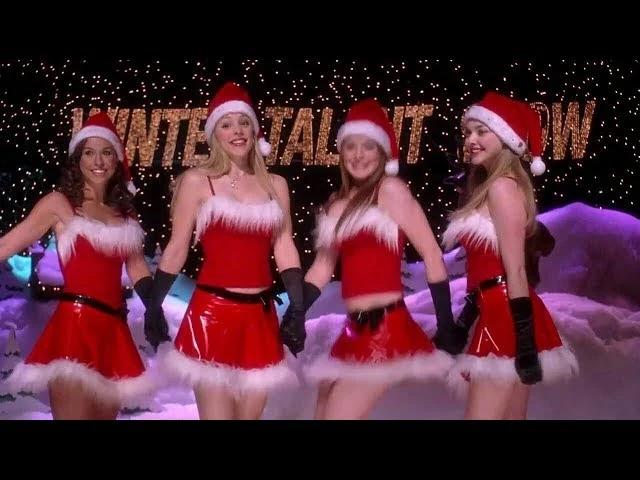
Mean Girls (2004)
Paramount
First Year Seminar: The Art of Gossip
“No gossip, no interiority,” writes novelist Cynthia Ozick, who provocatively reminds us of word-of-mouth’s close relationship to storytelling and intimacy. We know that gossip can be toxic, immature, and dangerous—but can it have other, more complex purposes and effects? In this course, we’ll examine inside jokes, open secrets, call outs, and speculation in literature, art, music, film, and popular culture. From novels about manners and the sustaining (or, the tearing down) of communities to chatty, genre-defying poetry and films, documentaries, and song lyrics, we’ll engage in a wide-ranging meditation on gossip as an art, a weapon, and an imaginative (if unwieldy) inter-relational tool.